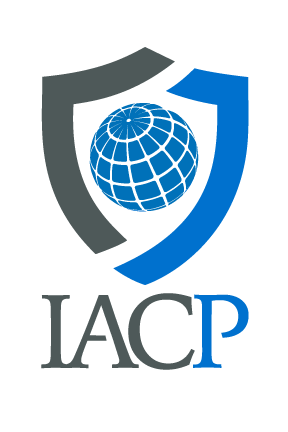One of the most rewarding aspects of being a member of the IACP is experiencing the high-quality law enforcement work that is done around the world by truly innovative and progressive police leaders.
A driving force behind the IACP’s ongoing success is the association’s committees and sections. These committees and sections, composed of dedicated IACP members throughout the world, address the most crucial issues facing law enforcement today, ranging from arson and explosives to communications and technology. Over the years, the experts who are members of IACP’s committees and sections have produced a vast number of publications and projects for the benefit of the law enforcement profession. Consider these examples:
- The Civil Rights Committee, in partnership with the Professional Standards Committee, recently released a new publication aimed at helping law enforcement agencies throughout the United States enhance their efforts to uphold and protect the civil rights of the people they serve. The publication, Protecting Civil Rights: A Leadership Guide for State, Local, and Tribal Law Enforcement, provides a comprehensive overview of the civil rights issues and challenges that today’s law enforcement leaders face and gives specific, everyday recommendations on ways to protect and promote civil rights. The guide offers recommendations in six areas: early intervention, civilian complaints, use of force, racial profiling, personnel management, and data management.
- The Public Information Officers Section has spearheaded the IACP’s return to book publishing with the production of Best Practices in Law Enforcement Public Information. Drawing from the experience of police chiefs, their public information officers, and media representatives, this book illustrates the importance of having an effective police-media relationship. It provides the modern police executive with a comprehensive guide for developing, maintaining, and improving this critical relationship.
- The Highway Safety Committee, through its Law Enforcement Stops and Safety Subcommittee, has developed and distributed more than 20,000 copies of its roll-call video, “Your Vest Won’t Stop This Bullet.” The video is designed to mitigate the perils of traffic stops and other roadside contacts.
- The IMPACT (International Managers of Police Academies and College Trainers) Section is currently preparing a training track for the annual conference that is consistent with the mission of the section to explore better delivery methods and techniques for training police around the world.
- The Police Psychological Services Section will shortly be releasing “Peer Support Guidelines” to the IACP membership. Peer support helps provide all public safety employees within an agency with the opportunity to receive emotional and tangible support from their colleagues during times of personal or professional crises. These guidelines are intended to provide police executives with information and recommendations on forming and maintaining a peer support structure for sworn and nonsworn personnel in law enforcement agencies.
- The Legal Officers Section has developed a comprehensive training program for police legal advisors and their chiefs that has become a mainstay of the educational opportunities available at the annual conference. In addition, each month, the Police Chief features a Chief’s Counsel column prepared under the guidance of the Legal Officers Section that provides police chiefs and their attorneys with a concise overview of recent legal developments affecting the law enforcement profession.
Our committees and sections also provide guidance to the association and its members on current developments confronting our profession. For example, the Juvenile Justice Committee is in the process of developing a training curriculum that will help agencies respond to the recent increases in youth crime that have been experienced by many communities. In addition, the Communications and Technology Committee, led by Chairman Harlin McEwen, is spearheading the IACP’s efforts to secure adequate radio spectrum to meet the future needs of the law enforcement and public safety communities.
These are just a few of the hundreds of ways in which the IACP’s committees and sections are setting the course for our association and our profession. Clearly, the IACP members who chair and serve on our committees and sections deserve our gratitude. It is because of their hard work and dedication that the IACP is able to fulfill its mission of addressing and providing solutions to urgent issues facing the law enforcement community.
If you are interested in becoming involved with an IACP committee or section, I urge you to attend their meetings at the annual conference or their mid-year meetings. You may find information about these meetings in the Police Chief magazine and on the IACP Web site at www.theiacp.org.


